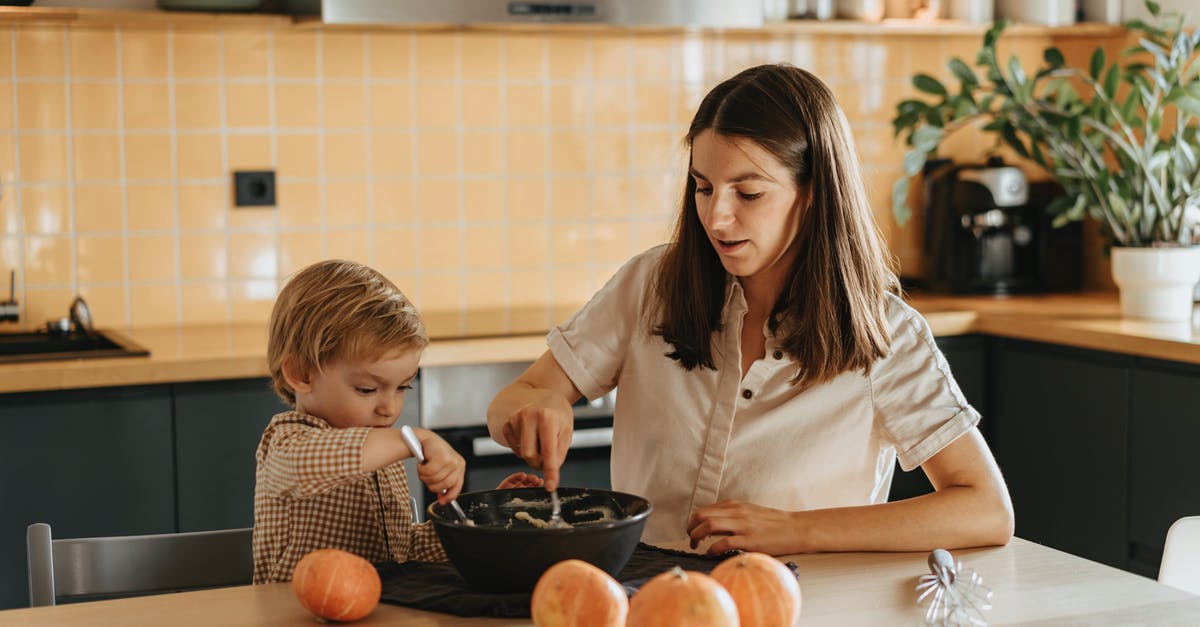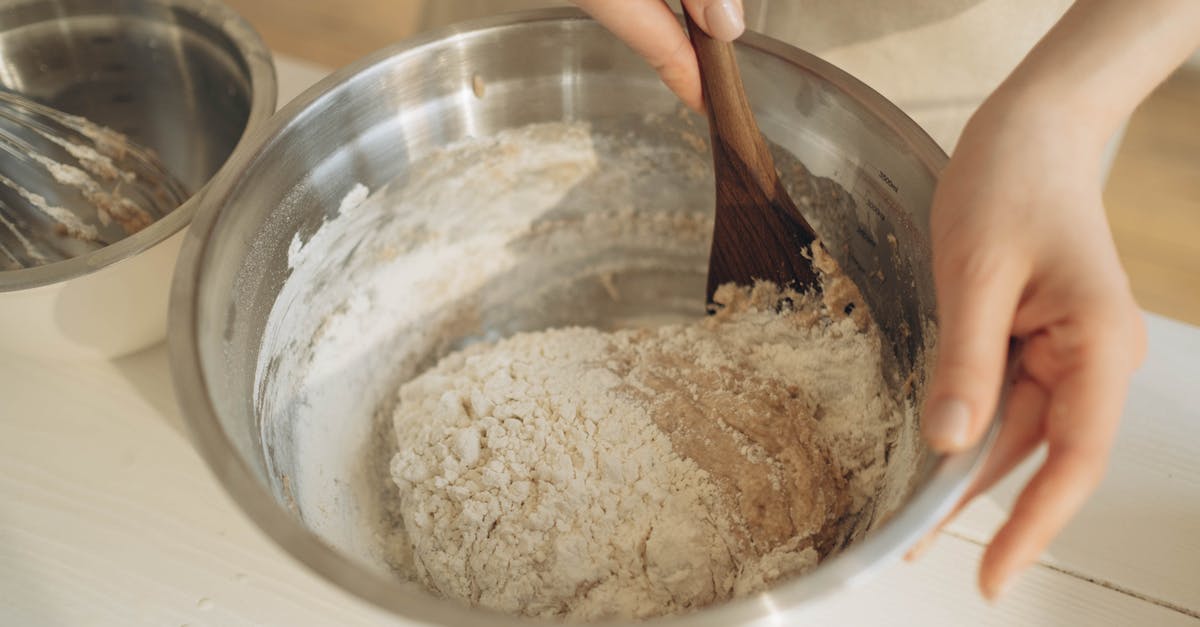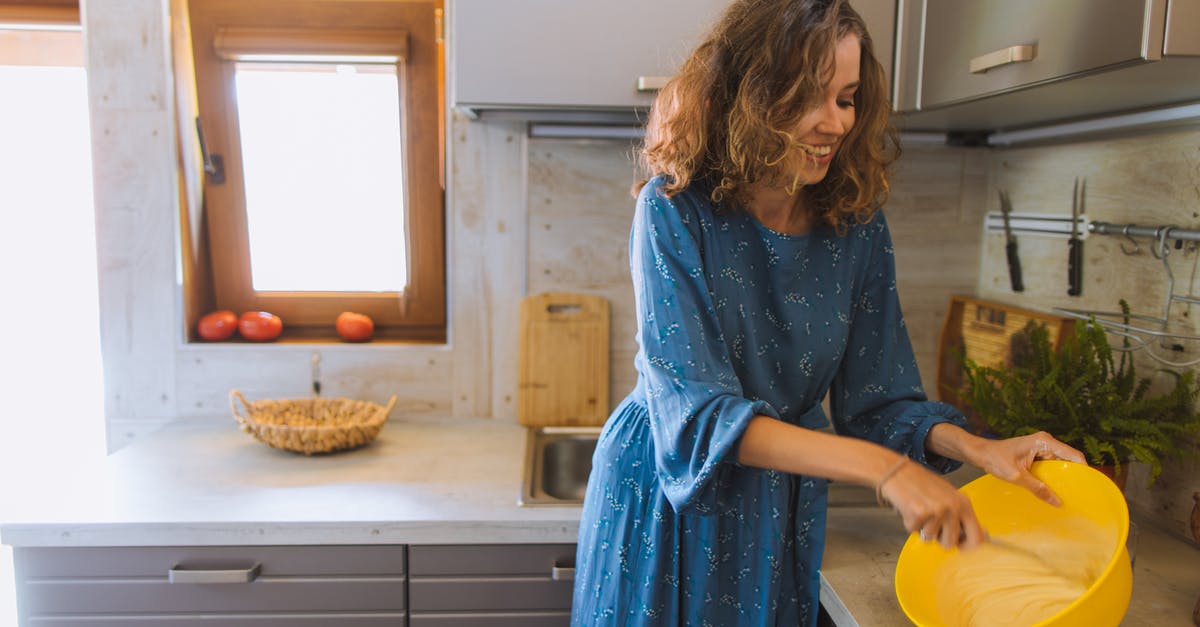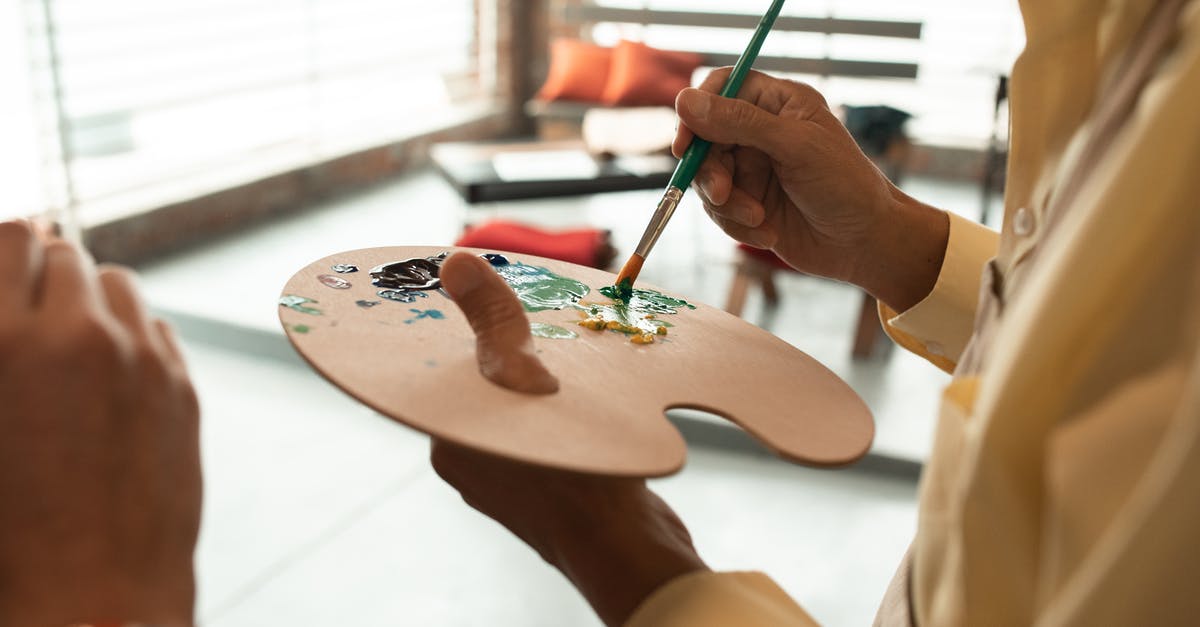What is the rule of thumb for mixing doughs?

Without delving too deeply into specialty doughs, but addressing more than just cakes and bread, what concerns can I evaluate when calculating the technique for approaching a dough?
For instance, some recipes say not to mix too much, others would imply that beating every bit of air out of the dough is the best thing for it.
What I am looking for is a set of criteria, maybe a flowchart, that outlines how to deal with having a well-reasoned technique (as opposed to just following a recipe).
Crumble, cream, or melt the fat first? Paddle or hook? Beat, fold or whisk? Knead once and rest or knead three times and throw? I would assume that to some extent getting air in or out, activating and mixing ingredients, distributing fats more or less evenly, and so forth play a factor in any decision. However, I have no idea what those different things do, or the food science behind them.
What general principles would help me understand what each factor does, so that I can have more confidence when staring down the ingredients, whether for some cookies or pizza crusts or muffins?
Best Answer
Once you start thinking in terms of techniques, it shouldn't be that hard. The book Ratio has an excellent overview of different methods for cakes. The blog pastrychefonline.com does as well. You can see an overview of the:
- Creaming method in which softened but not melted butter and sugar are whipped together first to create a network of air bubbles for structure, then eggs, if called for, and other liquid ingredients added, then (or alternated with) solid ingredients. Overmixing after a certain point destroys the air bubble network, but you need to build it up well first. An alternative is the Two-Stage Mixing Method in which eggs and flavoring go in with some of the liquid, then softened fat and solids all get added in, then the rest of the liquid in parts with little mixing.
- Foaming method, or sponge cake in which egg yolks and whites and sugar are whipped together to form the air bubbles, then dry ingredients are added, then melted butter is added at the end if called for. I believe in Ratio butter is added before dry ingredients, but I don't remember if that is the case. Again, you don't want to start popping your air bubbles.
- Biscuit Method or pastry method for pie crusts and biscuits, in which it is important to keep your fat very cold and leave some larger pieces of it for flakiness and usually over mixing after liquid has been added causes a dense biscuit or crust because it activates the gluten.
- Muffin Method or quick cake/bread method in which all the dry ingredients are added to all the wet ingredients and the fat is melted or liquid as opposed to softened or cold. In this case leavening comes from commercial leaveners instead of mixing so at no point do you want to overmix and activate the gluten.
- There is an exception for batters like crepe batter where there is simply so much liquid that the gluten will never be activated. You can mix a high liquid content batter all day if you want.
And not covered on that blog are:
- Yet another technique uses whipped egg whites only for structure, much like making a meringue. I have a waffle recipe that uses whipped egg whites at the end for additional structure after using the muffin method for the rest of the batter.
- For bread I personally love the explanations in Peter Reinhart's books, both that on regular bread and also whole grain bread. You WANT to activate the gluten, so that's why you knead it after mixing (or in the case of the no-knead bread movement let the yeast activate it over a very long time), which is basically more mixing. The structure of bread is a combination of the bubbles from the yeast and the gluten that is partially activated by kneading. After rising you want to handle even bread gently, though, so as not to degas the yeast bubbles.
There may be more and different recipes use different variations, but these are the ones that spring to mind. The key is to figure out:
- How is leavening happening - from chemical leaveners, a mixing method, steam during baking, yeast, or a combination of these?
- How much do I want to activate the gluten?
The answers to these two questions largely determine the temperature of your fats and eggs and how much you mix.
Pictures about "What is the rule of thumb for mixing doughs?"



Quick Answer about "What is the rule of thumb for mixing doughs?"
A good rule of thumb is the higher the hydration of the dough, the cooler it needs to be. One example is English muffin dough, which is inherently sticky, even at its optimum temperature. For this batter-like dough, a baker looking for a final dough temperature between 62 and 66°F.What are the methods of mixing bread doughs?
There are four best-known yeast bread mixing methods:What are the rules of thumb in baking?
A: The general rule of thumb for converting a recipe from a conventional oven to a convection oven is to either use the same temperature and bake for 75% of the stated time (i.e. if a recipe says to bake for 20 minutes, bake for only 15 if using a convection oven), or you can reduce the oven temperature by 25 degrees F ...What are the mixing techniques for preparing batters and doughs?
4 Ways to Mix Cake Batter for Superior Results- The Creaming Method. The creaming method is the most common for mixing cake batter. ...
- Reverse Creaming. The reverse creaming method, also called the \u201cpaste\u201d mixing method, is another common way to mix cake batter. ...
- The Blended Way. ...
- Creating Light, Airy Foam.
How long should yeast dough be kneaded?
Make kneading a pleasure An easy way is to hold the dough with one hand and stretch it out over the work surface with the other, then bring it back to a ball and repeat with the other hand. Keep kneading until it has a smooth texture and can be stretched without tearing \u2013 this typically takes 10 minutes.What is Dough Mixing? | Knead to Know Basis | BAKERpedia
Sources: Stack Exchange - This article follows the attribution requirements of Stack Exchange and is licensed under CC BY-SA 3.0.
Images: olia danilevich, Ron Lach, Anastasia Shuraeva, RODNAE Productions
